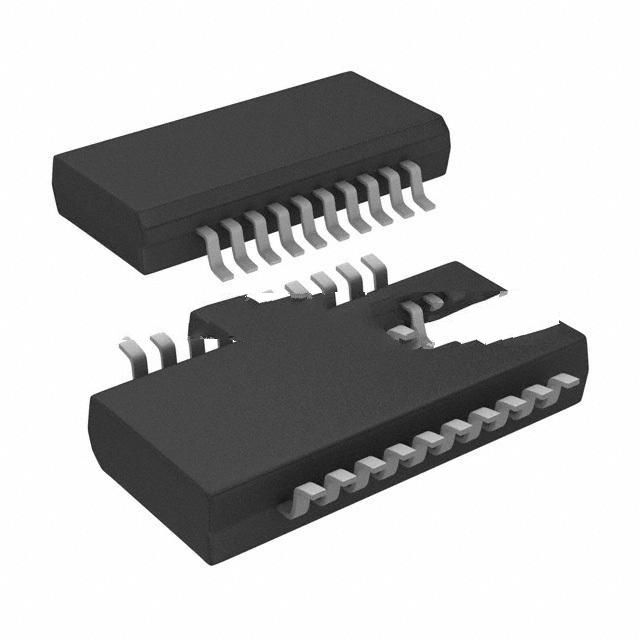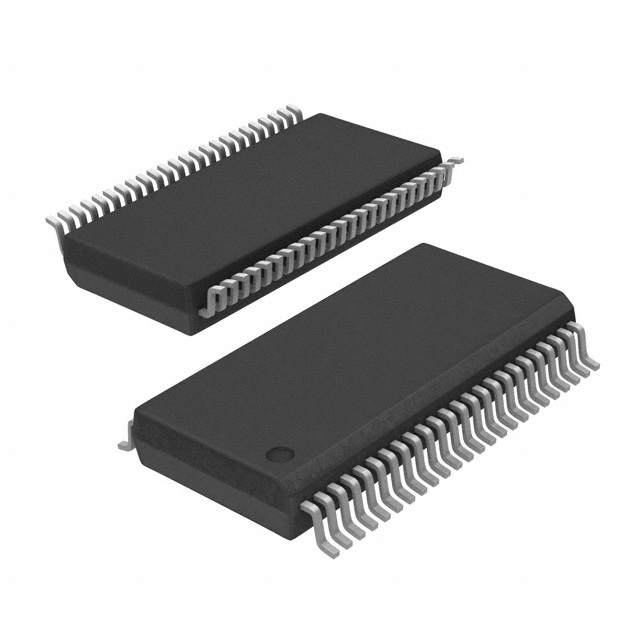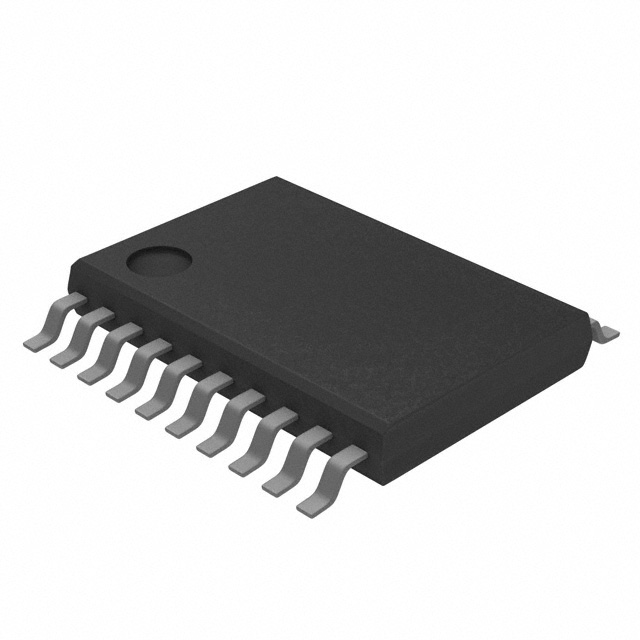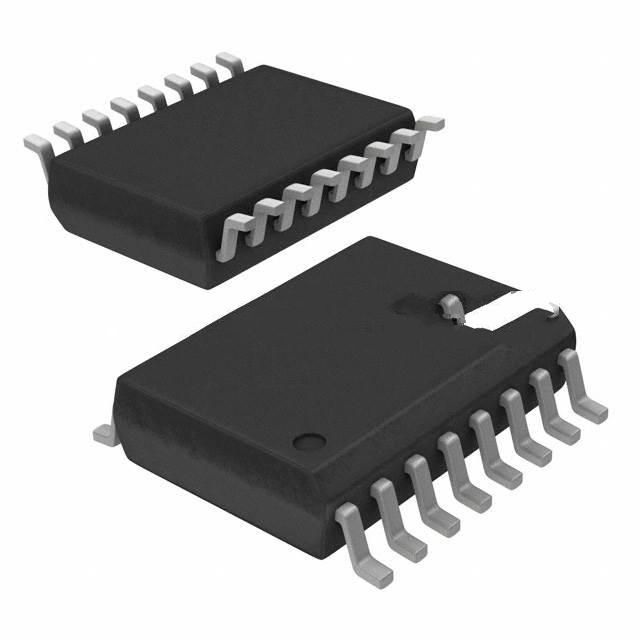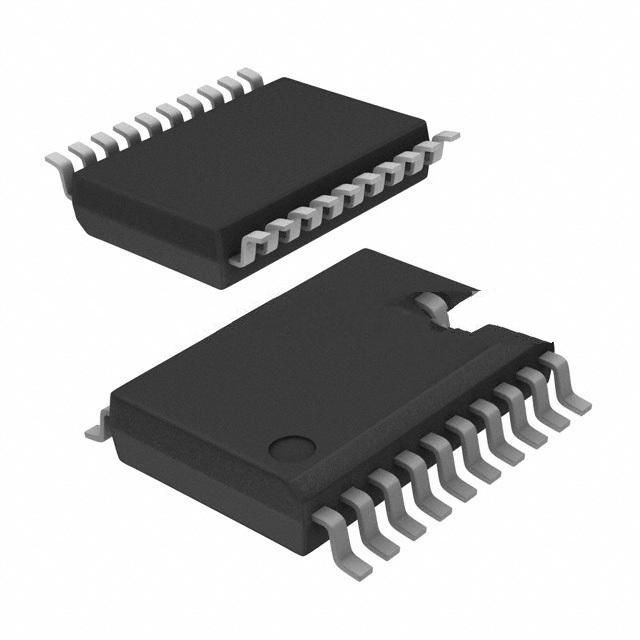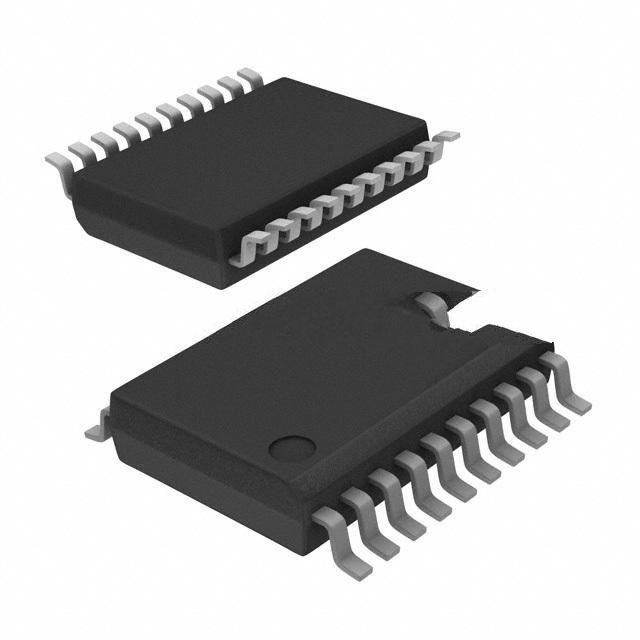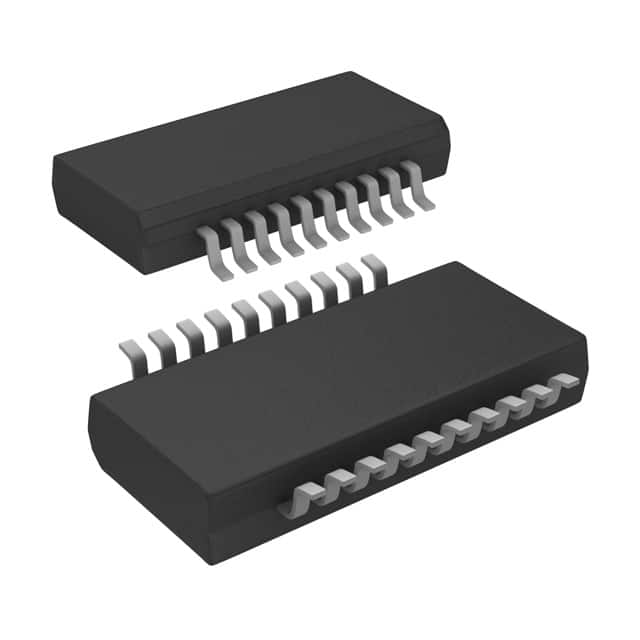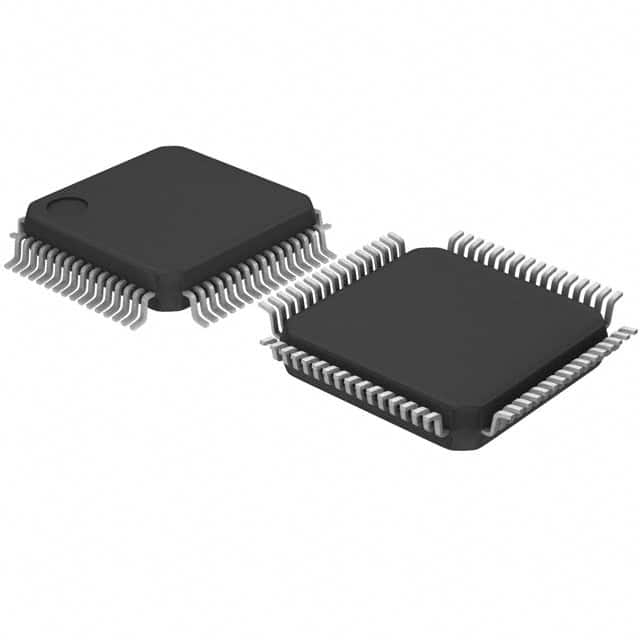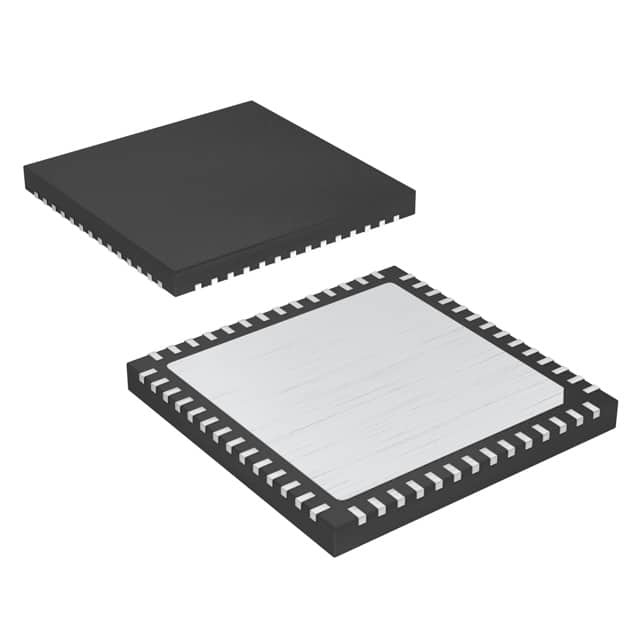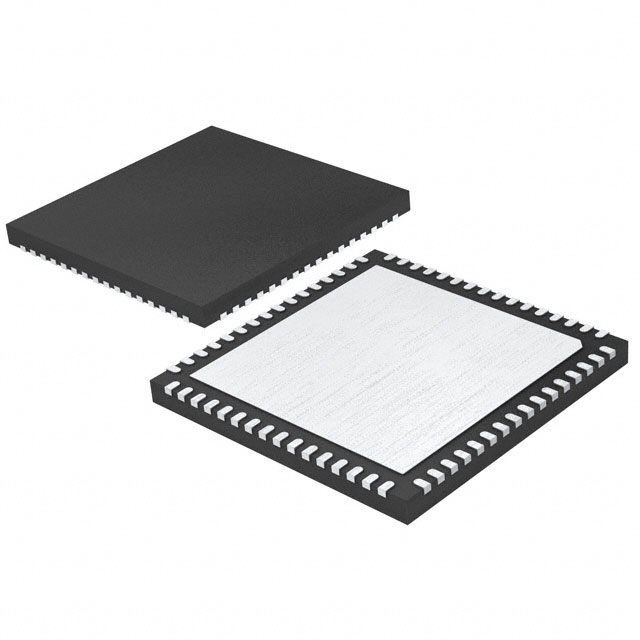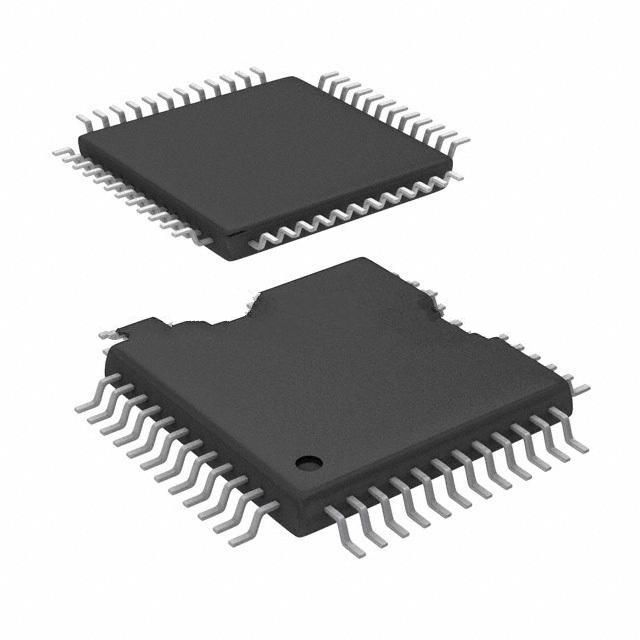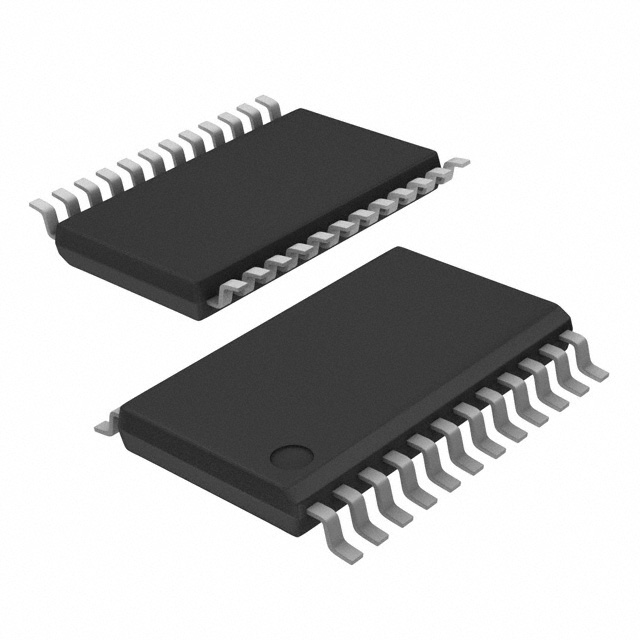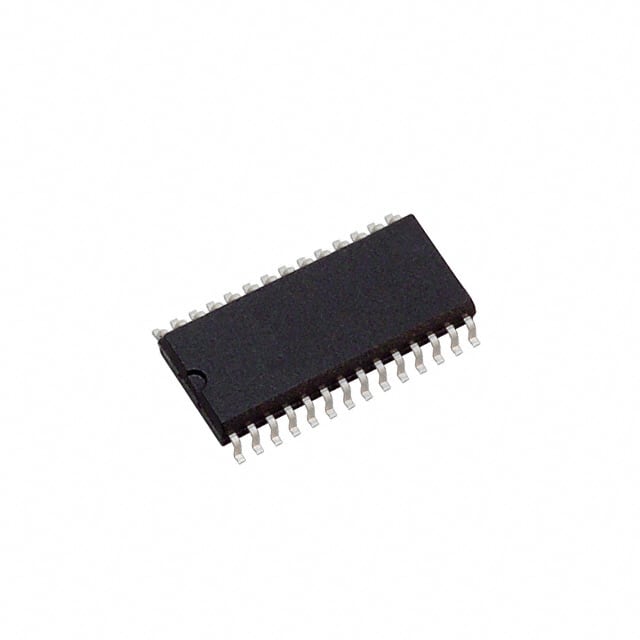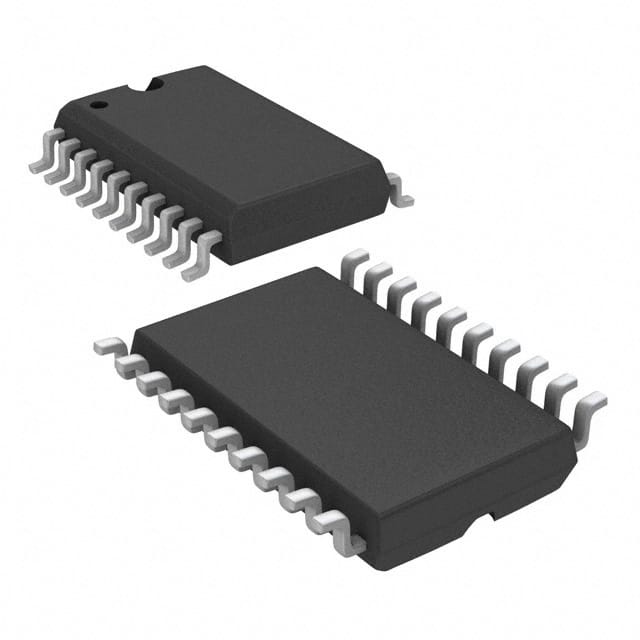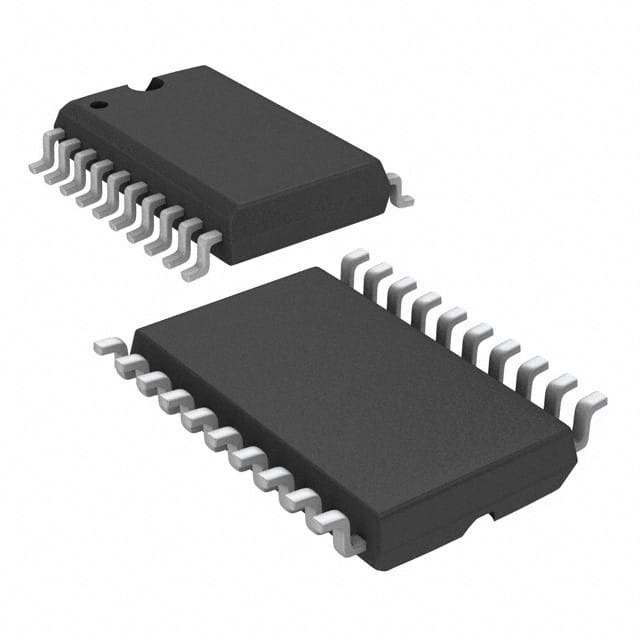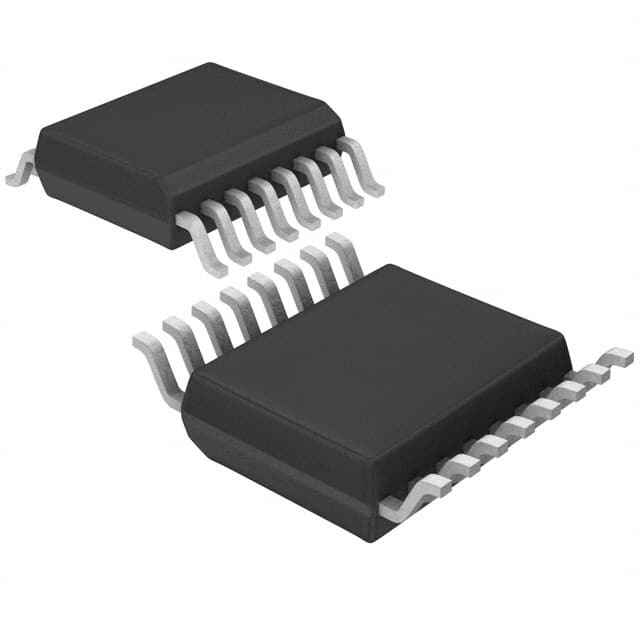ADS8345EBG4 Product Introduction:
Texas Instruments Part Number ADS8345EBG4(Data Acquisition - Analog to Digital Converters (ADC)), developed and manufactured by Texas Instruments, distributed globally by Jinftry. We distribute various electronic components from world-renowned brands and provide one-stop services, making us a trusted global electronic component distributor.
ADS8345EBG4 is one of the part numbers distributed by Jinftry, and you can learn about its specifications/configurations, package/case, Datasheet, and other information here. Electronic components are affected by supply and demand, and prices fluctuate frequently. If you have a demand, please do not hesitate to send us an RFQ or email us immediately sales@jinftry.com Please inquire about the real-time unit price, Data Code, Lead time, payment terms, and any other information you would like to know. We will do our best to provide you with a quotation and reply as soon as possible.
Introducing the Texas Instruments ADS8345EBG4, a high-performance, 16-bit analog-to-digital converter (ADC) designed to meet the demanding requirements of industrial and automotive applications. With its exceptional accuracy and versatility, this ADC is the perfect solution for a wide range of measurement and control systems.
The ADS8345EBG4 boasts a sampling rate of up to 500 kilosamples per second (ksps), ensuring fast and accurate data acquisition. Its 16-bit resolution provides precise measurement capabilities, allowing for the detection of even the smallest changes in analog signals. Additionally, the device features a low-power mode, enabling energy-efficient operation without compromising performance.
This ADC is equipped with a flexible input multiplexer, allowing for the simultaneous measurement of multiple analog signals. It also includes a programmable gain amplifier (PGA) that enables signal conditioning and amplification, ensuring optimal signal quality. The ADS8345EBG4 supports both single-ended and differential input configurations, providing flexibility for various application requirements.
The Texas Instruments ADS8345EBG4 is ideal for a wide range of applications, including industrial automation, motor control, data acquisition systems, and automotive electronics. Its high accuracy and fast sampling rate make it suitable for precision measurement and control tasks. The device's robust design and wide operating temperature range ensure reliable performance in harsh environments.
In summary, the Texas Instruments ADS8345EBG4 is a versatile and high-performance ADC that offers exceptional accuracy, fast sampling rate, and flexible input configurations. It is the perfect choice for demanding industrial and automotive applications that require precise measurement and control capabilities.
Analog to digital Converters (ADCs) are electronic devices used to convert continuously varying Analog signals into discrete Digital signals. This process usually includes three steps: sampling, quantization and coding. Sampling means capturing the instantaneous value of an analog signal at a fixed frequency; Quantization approximates these transient values to the nearest discrete level; Finally, the encoding converts the quantized value into binary numeric form.
Application
ADCs(Analog-to-digital Converters) is widely used in a variety of scenarios, such as audio and video recording, measuring instruments, wireless communications, medical devices, and automotive electronics. For example, in audio devices, the ADC is responsible for converting the sound signal captured by the microphone into a digital format for easy storage and transmission.
FAQ about Data Acquisition - Analog to Digital Converters (ADC)
-
1. What are DAC and ADC?
ADC and DAC are two important concepts in digital electronics. ADC stands for "analog-to-digital converter", which can convert analog signals into digital signals. DAC stands for "digital-to-analog converter", which can convert digital signals into analog signals. Both converters play an important role in many electronic products, such as mobile phones, televisions, stereos, etc.
-
2.
How many types of ADC are there?
The types of ADC (Analog-to-Digital Converter) mainly include:
1. Integral ADC: Its working principle is to convert the input voltage into time (pulse width signal) or frequency (pulse frequency), and then obtain the digital value by the timer/counter. The advantage of the integral ADC is that it can obtain high resolution with a simple circuit and has strong anti-interference ability, but the disadvantage is that the conversion rate is extremely low because the conversion accuracy depends on the integration time.
2. Successive approximation type (SAR ADC): The successive approximation ADC is one of the most common architectures. Its basic principle is to convert by gradually approximating the value of the analog input signal. The advantages of the successive approximation ADC are high speed and low power consumption. It is cheap at low resolution, but expensive at high precision.
3. Parallel comparison type/serial-parallel comparison type ADC: The parallel comparison type AD uses m
-
3.
Why do we need analog-to-digital converters?
The reasons why we need analog-to-digital converters mainly include the following:
Digital system processing: Many computers and electronic devices are digital systems, which are more suitable for processing digital signals. Analog signals are difficult to process in digital systems, and after analog-to-digital conversion, the signals can be represented, stored and processed in digital form.
Noise immunity: Digital signals are more noise-resistant than analog signals. Digital signals can be protected and restored by means such as error correction codes, while analog signals are easily interfered by noise.
Accuracy: Digital signals are more accurate because they can be represented with higher resolution. Analog signals have accuracy limitations, and analog-to-digital conversion can improve the resolution of the signal.
Application scenarios: Analog-to-digital converters are widely used in many fields, including automatic control systems, audio and video processing, sensor interfaces
 Lead free / RoHS Compliant
Lead free / RoHS Compliant



